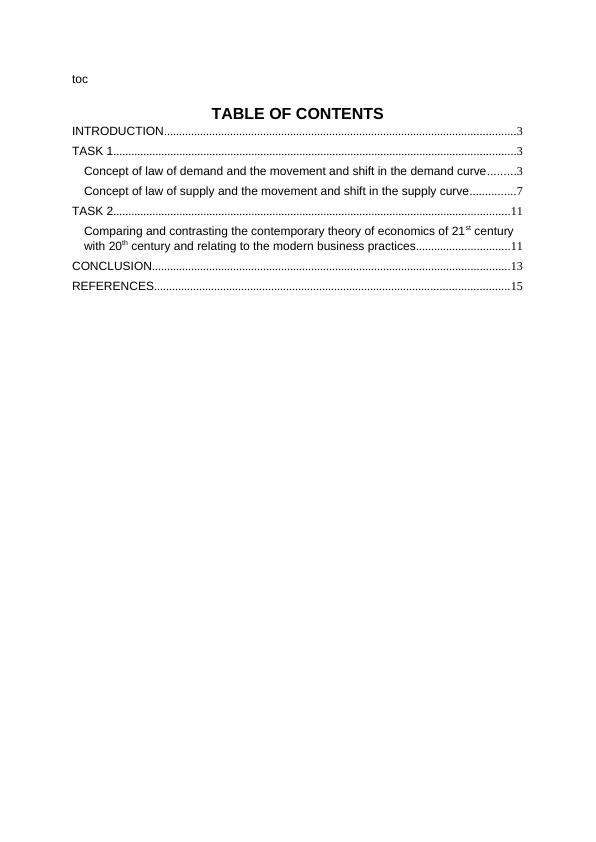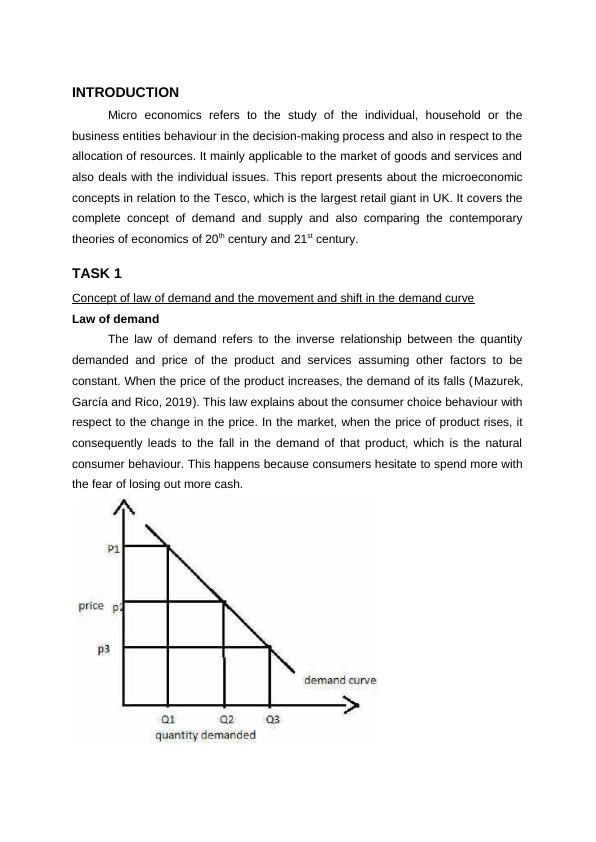Contemporary Economic Analysis
Added on 2023-01-11
15 Pages3065 Words64 Views
End of preview
Want to access all the pages? Upload your documents or become a member.
Explaining Law of Demand and Law of Supply
|12
|2893
|88
Contemporary Business Economics: Laws of Demand and Supply
|16
|3030
|2
Contemporary Economic Analysis: Law of Demand and Supply, Theories and Models
|11
|2909
|331
Contemporary Business Economics: Law of Demand and Supply, Theories and Models in 21st Century
|13
|3242
|64
Contemporary Business Economics: Law of Supply and Demand, Emerging Theories and Models in 21st Century vs 20th Century
|13
|3099
|373
Contemporary Business Economics: Law of Demand and Supply, Shifts and Movements, and Modern Theories
|13
|3403
|253




